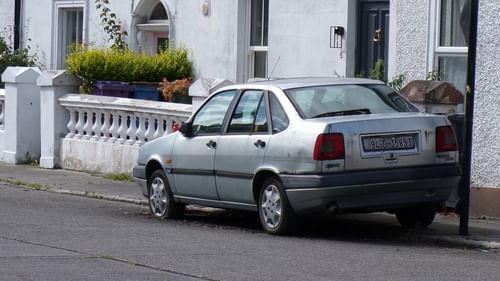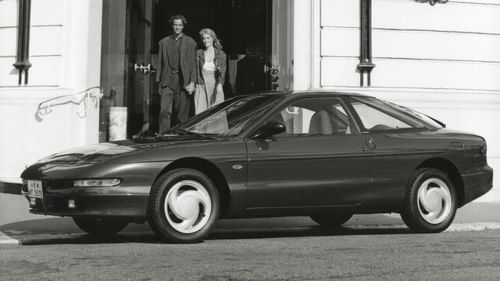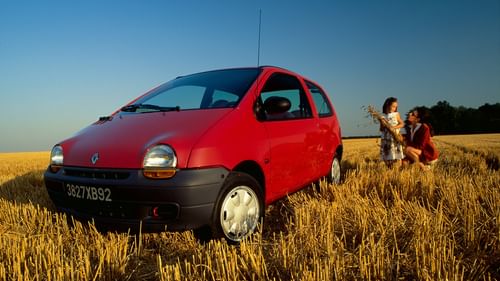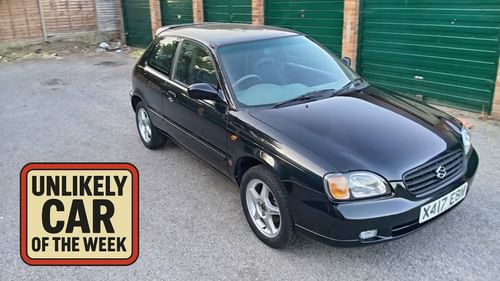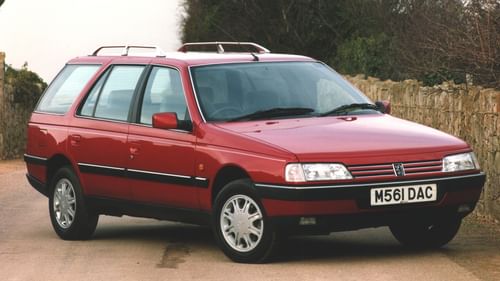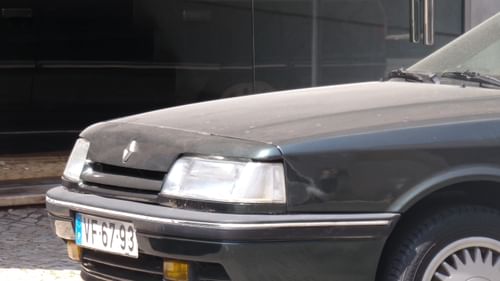China Crisis: The C88 was a Porsche for PetrolBlog
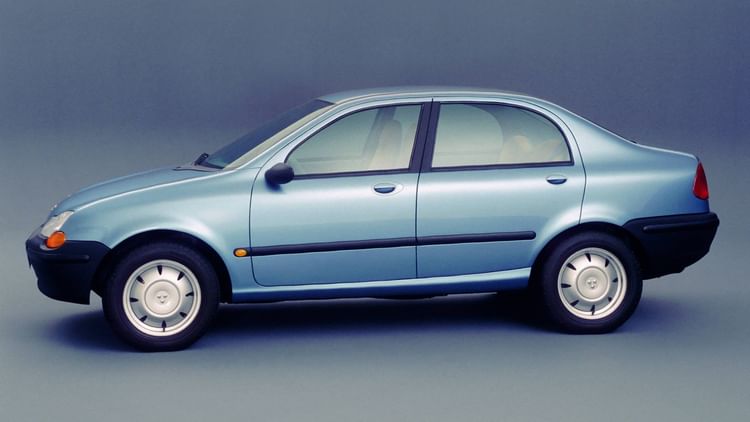
Porsche designed the C88 experimental car for China, but it could so easily have been in response to a brief from PetrolBlog.
I mean, look at it. From the black plastic bumpers to the orange indicators, and the 15-inch steel wheels to the compact, Shatchback-like body, the Porsche C88 has it all. Well, everything except a market, but that’s another story.
I’ll level with you, I can’t stop thinking about the Porsche C88. Don’t ask me why, it’s just the way my brain is wired. While normal folk think about normal things, I daydream about a stillborn Porsche concept from 25 years ago.
The Porsche C88 is the result of some epic trolling by the Chinese government. It invited 20 Western car manufacturers to come up with proposals for a new family car for the domestic market.
The brief was simple: the car had to be cheap, efficient, large enough to carry five people, and be built in China under a joint venture with First Automotive Works (FAW).
Given the rate at which the Chinese car market was growing – not to mention the 1.2 billion people who lived there at the time – it’s no surprise that a number of firms responded with plans and prototypes. Porsche was one such company.
China Blue

In just four months, Porsche created a minor miracle by achieving something that few manufacturers have achieved in a lifetime: it designed and built a desirable compact saloon.
Sure, the styling is a tad unadventurous, but let’s remember that, back in 1994, Rover was still churning out the Maestro and Montego, Proton was building the Aeroback, and the most exciting thing about Kia was a set of whitewall tyres.
Porsche went to extraordinary lengths to design a car that would work for the Chinese government and its people. The excellent Ran When Parked reports that Porsche talked to Chinese business owners and journalists, and even brought in an engineer and technician from China.
The C88 made its debut at the 1994 Beijing Auto Show. The C stood for ‘Cheap’, ‘Clean’ and ‘Comfort’, while 88 was a reference to ‘Eight’ – the Chinese lucky number. Note the logo – the triangle is a nod to China’s one-child policy. There wasn’t a Porsche badge to be found.
China in your hand
Inside, the dashboard layout was far from dull. Maybe it’s my strange brain rearing its ugly head (again), but I see hints of the Mk1 Ford Focus in the shape and layout. In the back, the C88 featured a single child seat to reflect the one-child policy.

Power was sourced from a 1.1-litre 16-valve engine that could hit 62mph... eventually. For once, Porsche wasn't interested in performance – what mattered was the efficiency. It kept the weight down to 980kg, which would have meant fuel economy in the region of 49mpg.
It wasn’t to be. The Chinese government canned the Family Car Project in 1995, leaving the Western manufacturers out of luck and out of pocket. Fearing a China crisis, Porsche tried to sell the C88 concept to several Indian manufacturers, none of which took the bait.
Instead, the C88 was destined to see out its days in the Porsche Museum in Stuttgart, where it serves as a reminder of what might have been.
The crazy thing is that the C88 still looks fresh today. It wouldn’t look out of place in a twin-test against a Dacia Logan Shatchback and could easily provide cheap and reliable transport in developing markets.
Heck, stick an electric powertrain in the C88 and it could become the world’s cheapest electric vehicle. Porsche e88, anyone?
I can't deny it, I adore pretty much everything about the C88. The more you study it, the more impressive it becomes, especially given the length of time it took Porsche to respond to the brief. The proportions are perfect, the wheels are sublime, and I even like the way the dials are laid out in the dashboard.
China gained a great deal from the project, even if the car manufacturers left the project with nothing but a set of thorough plans and some full-size concepts. The Chinese may have rejected it, but PetrolBlog would be all too happy to take away the C88.
